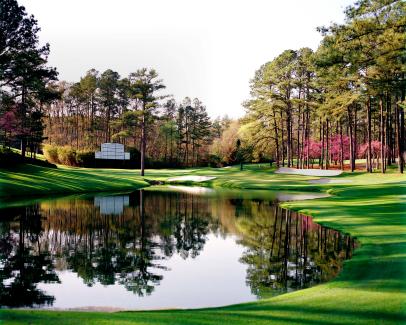As much as any course in the world, Augusta National tailors its architecture to the demands presented one week a year. Virtually every decision the club makes, including each physical alteration, is done in response to how 80-some professional players (and a few amateurs) are playing the holes each April, and patrons are moving about the property.
Its changes are etched into its geological record. Examining how the holes have been modified over the decades is like cutting into the earth to examine the layers and striations. The shifting and morphing tees, bunkers, greens and water hazards tell us where players from different eras drove the ball, their shot dispersions, how firm or soft the conditions were and even the speed of the greens.
More from Golf Digest  The Masters Masters 2024: In search of the greatest Augusta National
The Masters Masters 2024: In search of the greatest Augusta National
No hole offers a richer vein to study than the long par-4 11th, which has been altered more than any other hole at Augusta National. Not only has it been lengthened, but it’s also been rebuilt, reconceptualized and revamped, all in a continual effort to keep it relevant to a level of elite golf that will never stop evolving.
There’s much to unpack with the 11th hole, so settle in. This is going to get deep.
Watch our ‘The’ Hole At: Augusta National video here:
This article was originally published on golfdigest.com
